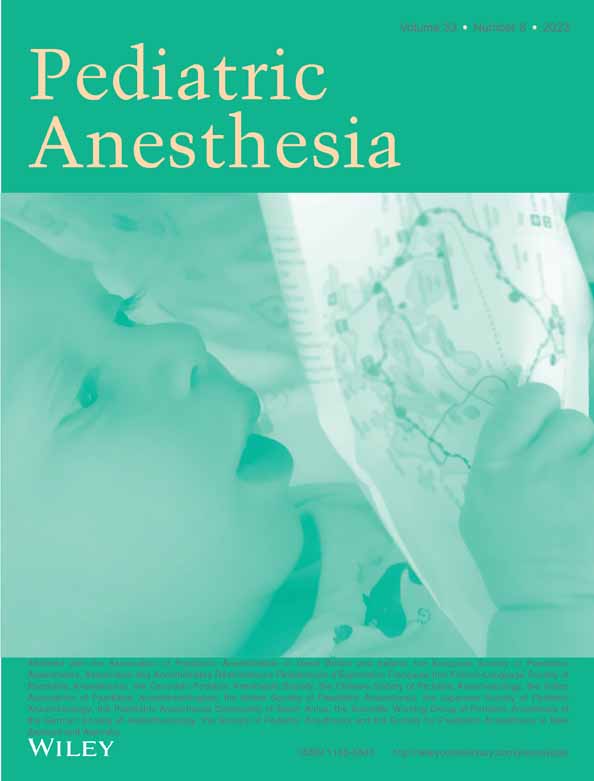Anesthesia management protocol for liver transplantation as treatment for ornithine transcarbamylase deficiency
Section Editor: David M Polaner.
Abstract
Background
Ornithine transcarbamylase deficiency is an X-linked genetic disorder that induces accumulation of ammonia in the liver and is the most common urea cycle disorder. The clinical manifestation of ornithine transcarbamylase deficiency is hyperammonemia that causes irreversible neurological damage. Liver transplantation is a curative therapy for ornithine transcarbamylase deficiency. The aim of this study is to suggest, from our previous experience, an anesthesia management protocol of liver transplantation for ornithine transcarbamylase deficiency, particularly focused on liver transplantation for cases with uncontrolled hyperammonemia.
Method
We retrospectively reviewed our anesthesia-related experience in all cases of liver transplantation for ornithine transcarbamylase deficiency in our center.
Results
Twenty-nine liver transplantation cases for ornithine transcarbamylase deficiency were found between November 2005 and March 2021 in our center.
Of these, 25 cases were stable through the perioperative period. However, 2 cases with carrier donor graft had hyperammonemia after liver transplantation. Another two cases had uncontrolled hyperammonemia before liver transplantation, even with continuous hemodialysis. They underwent life-saving liver transplantation. Their metabolic status stabilized after the anhepatic phase.
Conclusion
Liver transplantation for cases with uncontrolled hyperammonemia can be performed with proper management. Second, liver transplantation with carrier donors should be avoided because of the risk of postoperative recurrence.
CONFLICT OF INTEREST STATEMENT
None.
Open Research
DATA AVAILABILITY STATEMENT
Data available on request from the authors.




